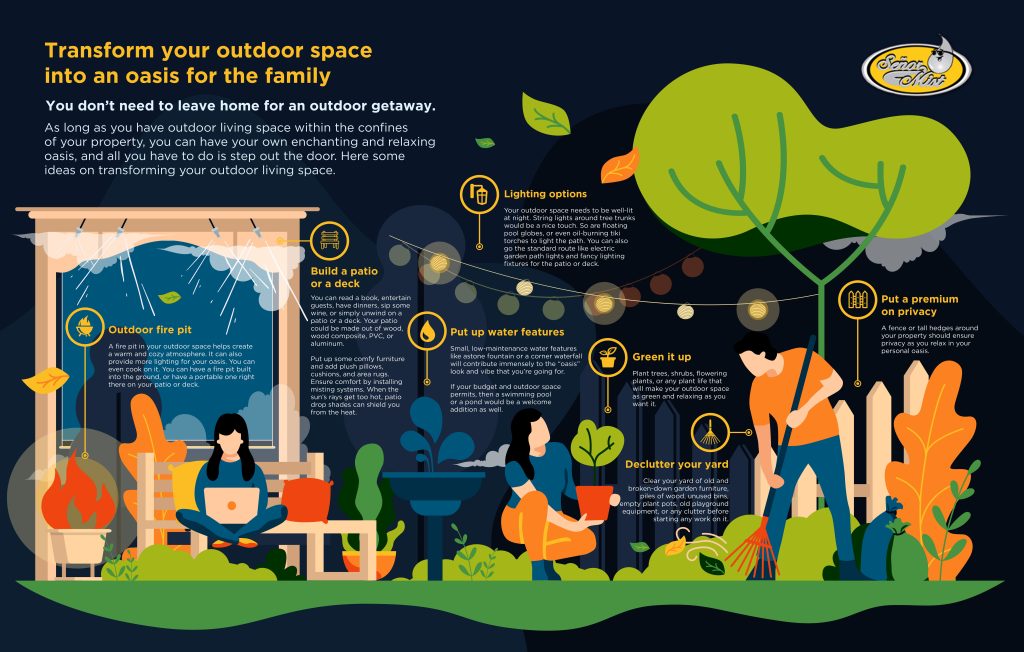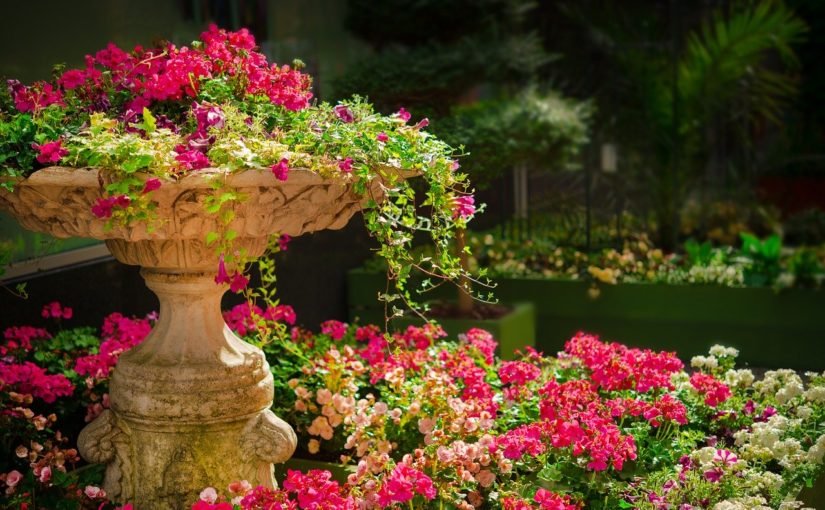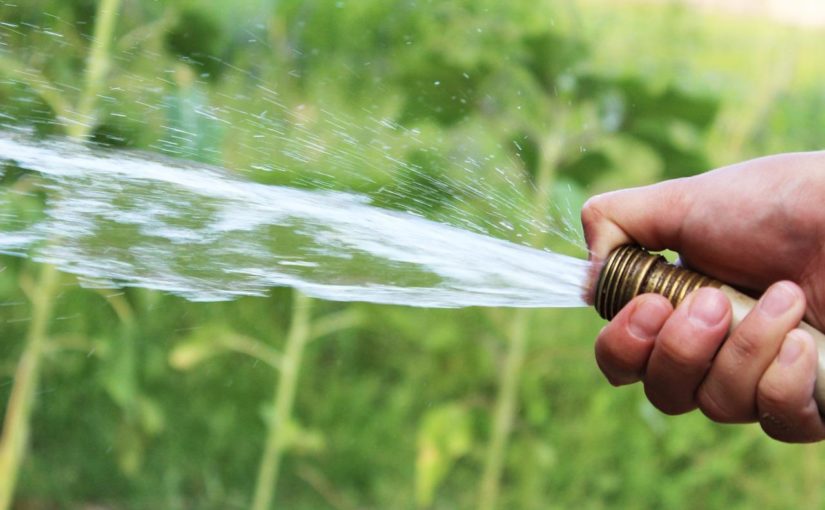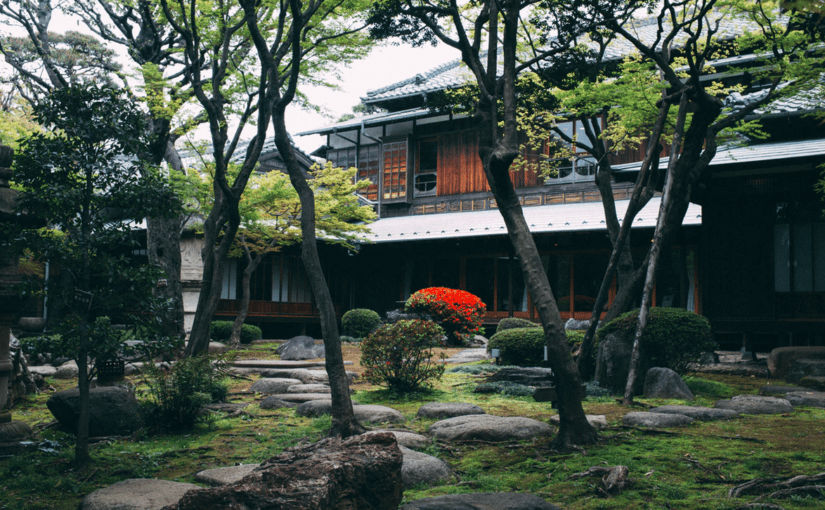Since we spend so much time in our gardens in the summer, we might as well make it more enjoyable with the right tools. If you have a garden, you probably know how frustrating it can be to work without the right tools. A dull pair of shears and exhausted, soiled hands is not enough for a gardener to enjoy their gardening hobby. Equipping oneself with different tools – particularly hand gardening tools – makes this activity immensely enjoyable. Without them, your time spent in the garden will feel like a game of guesswork.
Whether you’re planting in your backyard or growing a few plants on your windowsill, these must-have tools should be included in your gardening arsenal.
1. Pruners
If you’ve some bushes or hedges growing in your garden that you need to trim, then you should use pruners for this task. They allow you to trim any branch or twig easily without any hassle. Pruning shears are especially useful for flowers and shrubs that grow potentially large, like roses and fruit trees.
But when it comes to trees, you’ll want to use an ax as they tend to be thicker and dense to cut with a pair of pruning shears. If you think that trimming trees is not your cup of tea, you’ll need to hire a tree service to get the job done for you. To find a tree service, type the phrase “tree service” into your search engine and consult the pages that pop up. For instance, if you live in Baton Rouge, LA, search tree service Baton Rouge LA, and you’ll have a tree service specialist at your doors instantly.
2. Rotavator
Rotavator is another great tool to use in the garden. With a rotavator, your garden will not be affected by weather conditions and pests, and you can use it on various types of soil. It tills the soil quickly, so you don’t have to spend long hours working in your garden.
What’s more, it’s easy to operate and lightweight too. You can also get attachments with this machine-like plow, cultivator, and disc harrow if you want more functions.
3. Lawnmower
A lawnmower is the most effective machine for lawn care. By utilizing this machine, you will cut your grass within a short time and with accurate precision. Nowadays, various makes and models of self-propelled mowers are available in the market. Some are electric, while others are gas-powered. They’re available in various sizes, too, so you can choose one that’s comfortable for you to operate.
If you have a large yard/garden, you may want to get a riding mower instead of a push-type mower.
4. Hosepipe
Hosepipe is the ultimate gardening tool and one that most gardeners can’t surpass. It can water your garden, clean your car and even offer help in an emergency such as fire or flood. Nonetheless, the primary use of a hosepipe is watering your plants.
Gardens need water all year round, especially when the summers come around. But watering your garden can take a significant amount of time from your busy schedule. With the help of your hosepipe, you’ll spend less time on gardening tasks. Hosepipes come with an adjustable dial that allows you to control how much water is released at any given time. As a result, it’s easier to control the amount of water that flows through the hose, preventing overwatering and runoff.
When purchasing this product, ensure that the hosepipe is light in weight. Otherwise, it’ll become difficult to carry it around while watering. The size of the hosepipe should be such that it can reach every corner of your garden.
5. Shovel
A shovel can be used for your garden or yard to remove dirt, rocks, and debris. The main purpose of using a shovel is to dig holes or trenches – something you shouldn’t do with your bare hands. However, some people even use shovels to remove snow in the winter. This tool is a multi-purpose tool that has been around since early horticulture.
The design of most shovels makes it easy for people to move all different kinds of materials from one location to another. The size of most shovels is also adjustable, making it even more useful for various tasks. Overall, this is one tool that every person should have in their home.
6. Wheelbarrow
Indeed, a wheelbarrow is one of the most versatile tools you can have in your garden. Wheelbarrow helps carry heavy loads of potting soil, mulch, rocks, plants, and even small trees around your garden. The added handles provide a comfortable grip for easy use, and the casters allow for smooth mobility.
While most people prefer carrying garden tools and materials with their hands, this can strain their necks or lead to back problems in the long run. The purpose of this cart is to make gardening enjoyable for you rather than strenuous. What’s more, various advanced versions of wheelbarrows are available for gardeners these days.
7. Gloves
Wearing gloves for your gardening chores is a must, especially if the plants you’re working with are prickly. Picking up garden gloves will protect your hands so that you can work without any injuries. The right pair of gloves can make your job convenient and more comfortable. It also helps protect your hands from dirt and stains while working in the garden or patio. Also, using gloves will prevent from passing on any infections. If you’ve minor cuts or bruises on your hands, wearing gloves is an excellent way to avoid contracting diseases from other plants or flowers. Gloves will also help keep your hands safe from thorns and other sharp objects when working outdoors in the garden or yard.
Conclusion
While the number of tools and products available to ensure a healthy garden is seemingly endless, there are a couple that every homeowner should have. These essential tools will help you care for your garden throughout the seasons and ensure that everything flourishes beautifully. So, according to the size of your yard or garden, see which tools and equipment are useful. From advanced wheelbarrows to rotavators and pruners, plenty of gardening tools can make this hobby more enjoyable for you.














